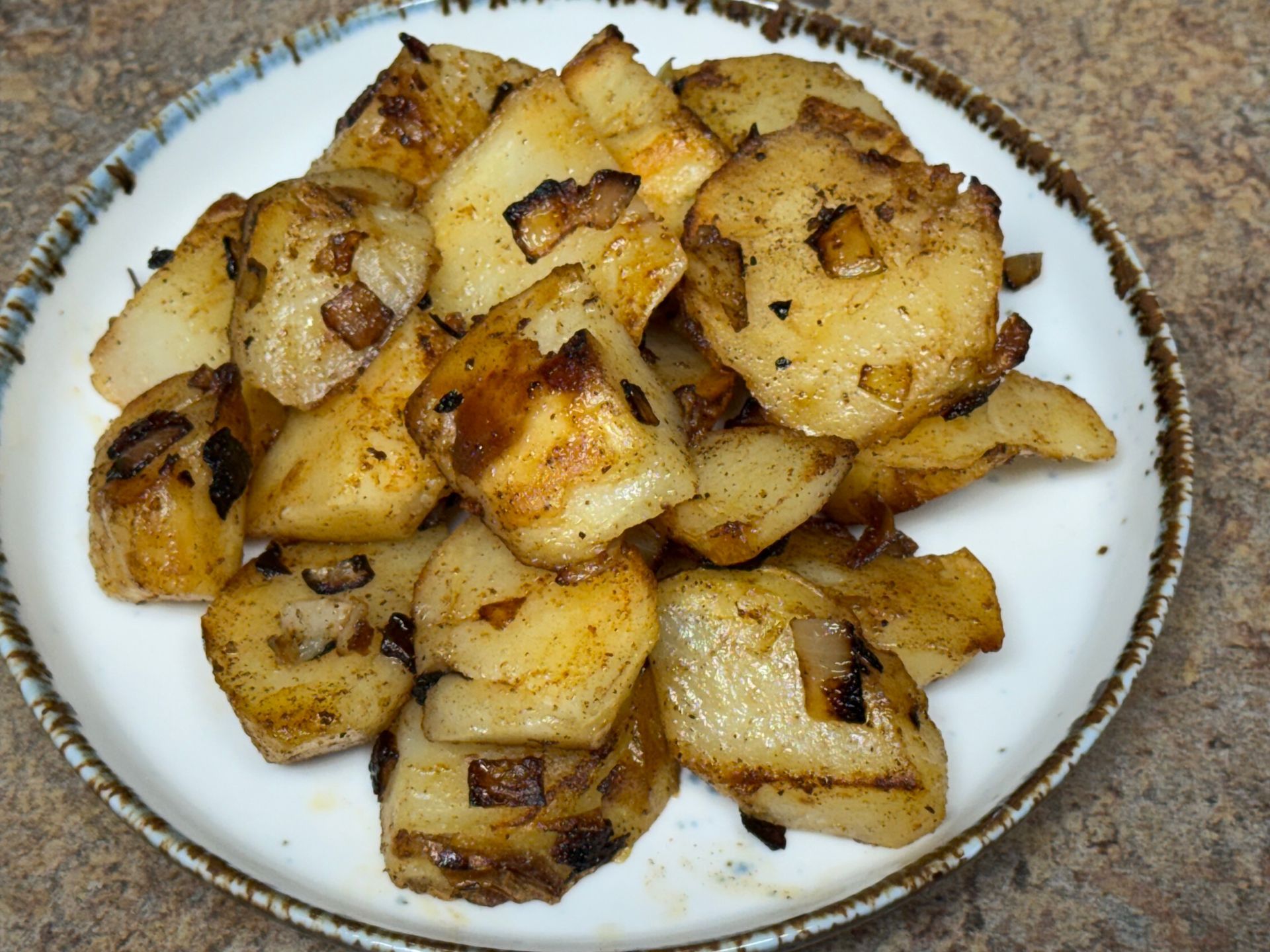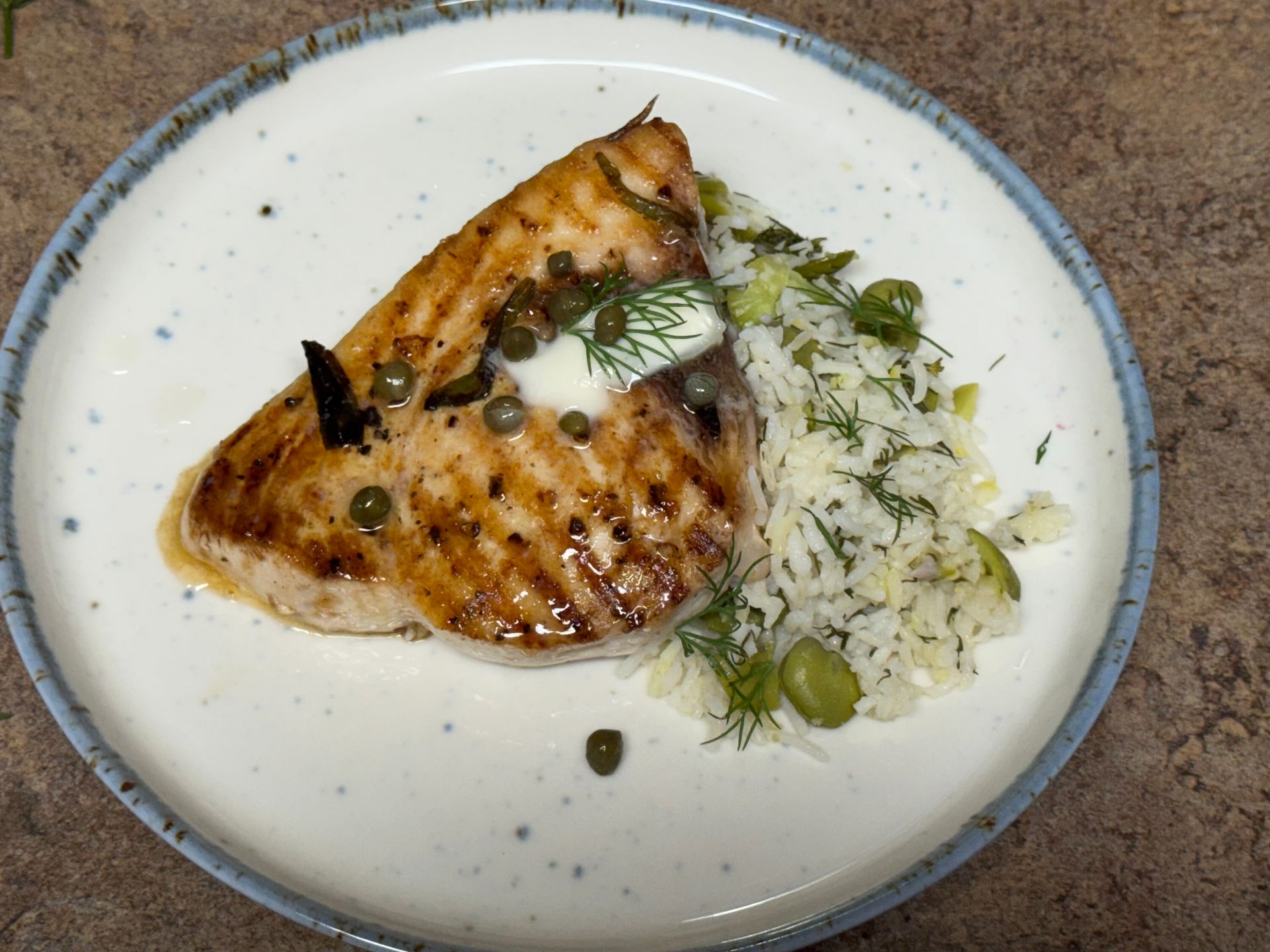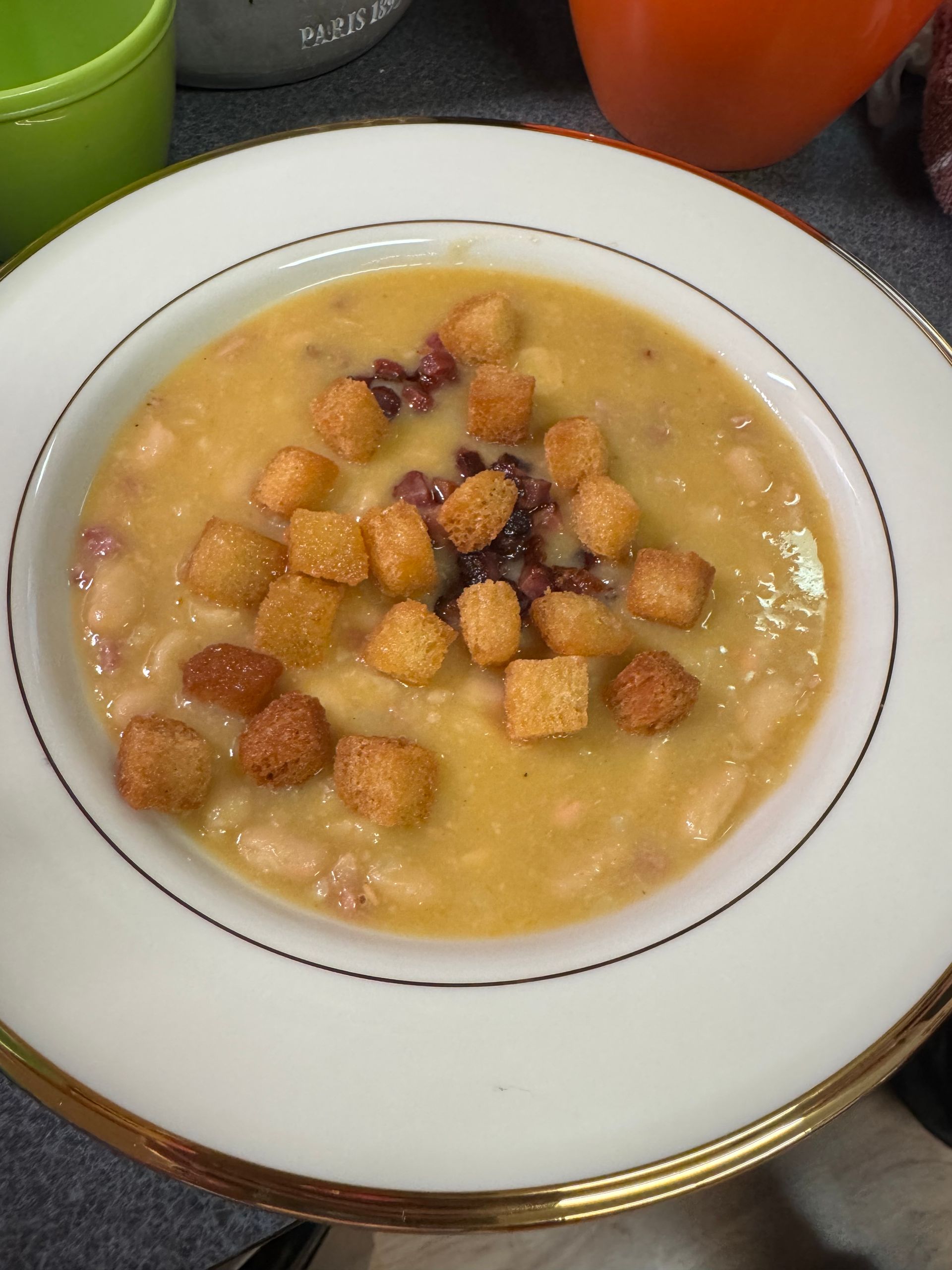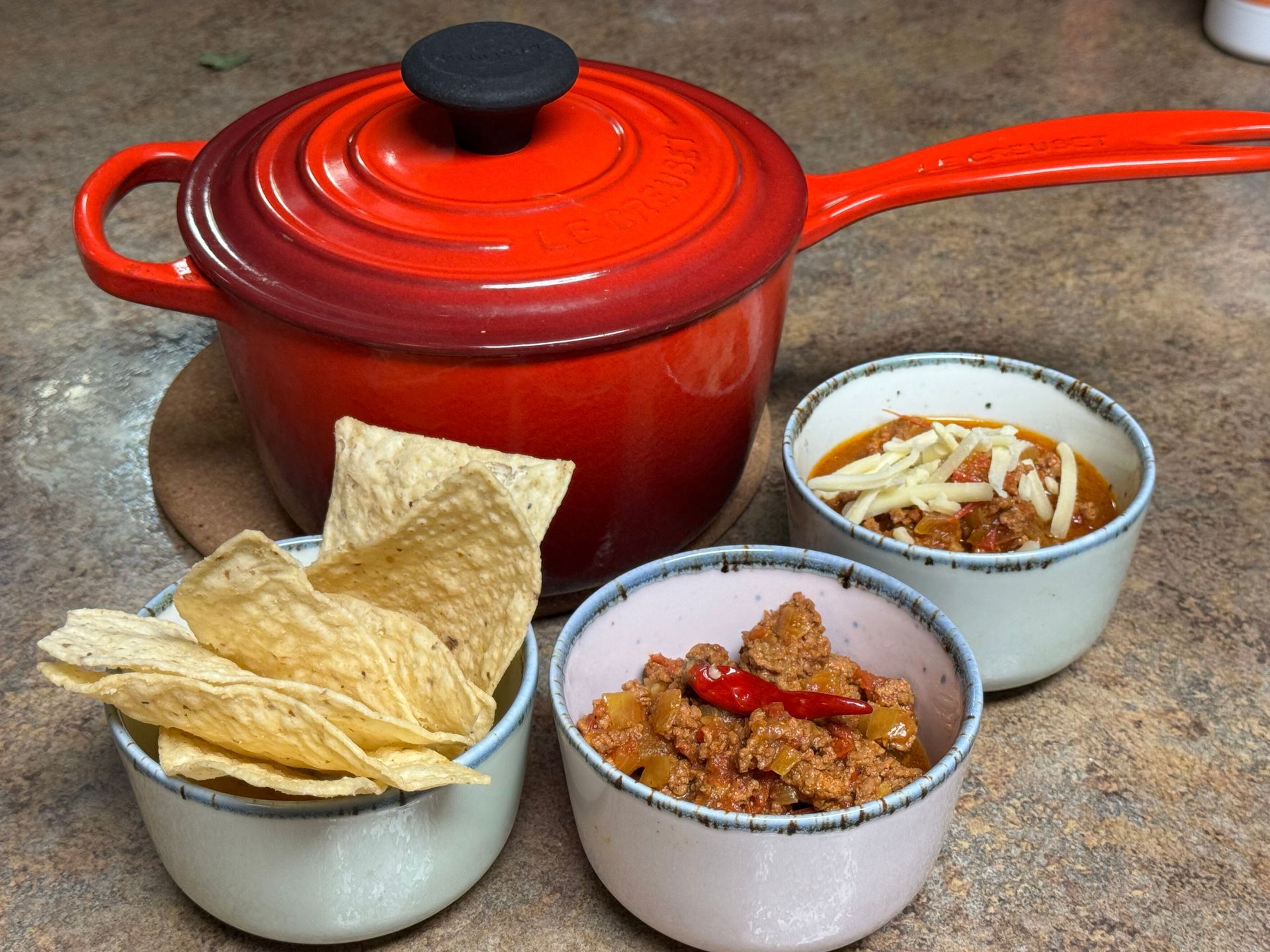How to Earn a Michelin Star in the USA
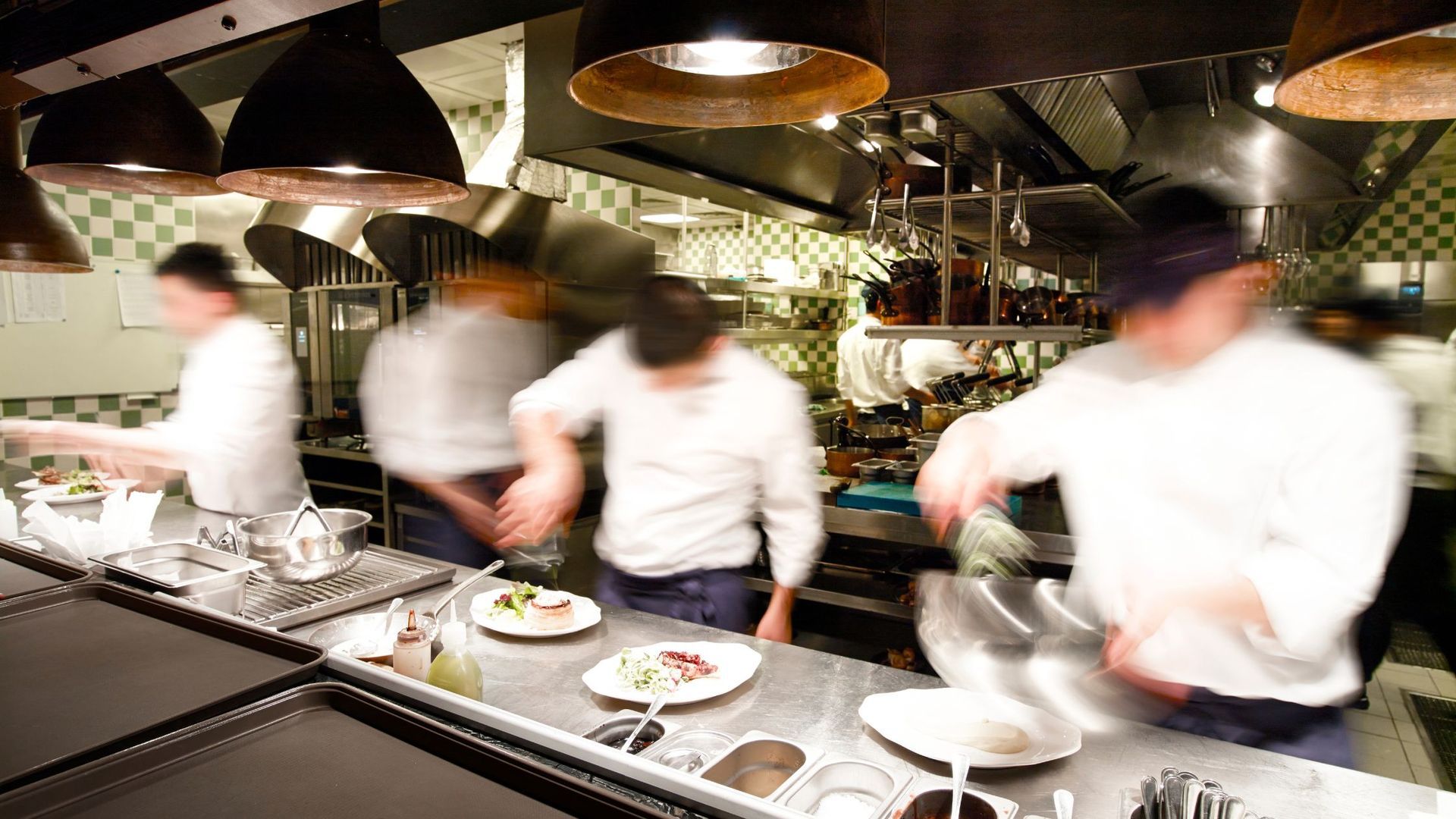
Why the Michelin Star Still Matters
I’ve never earned a Michelin Star and haven’t been impressed with the rating until lately.. I’ve dined at ‘Michelin star’ restaurants around the world and been disappointed. The cuisine is sometimes spotty, service often snooty… not my type of experience. Of course, I’ve also dined at Michelin star restaurants which were outstanding.
Recently, an entrepreneur reached out, asking my help earning a star and I became fascinated with the idea. While researching, I decided to share my learnings
I’ve spent years working in professional kitchens and leading culinary teams, and I am now certain that earning a Michelin star is one of the most difficult yet rewarding accomplishments in this business. It carries weight. It sends a message to the world that your cuisine, your staff, and your standards are at the highest level.
For restaurant owners seeking to make their mark, such recognition can be transformative. It draws in diners, builds loyalty, and creates buzz far beyond your neighborhood. But getting there isn't about flash. It's about passion, precision, and focus—day after day.
Serving well-executed food is one thing. Reaching Michelin’s level means your menu reflects the personality of the chef. Your kitchen runs with discipline, your dishes are innovative, well thought out and deliberate, and every part of the guest experience reflects your values. That’s what I admire most. It rewards mastery, diligence, hard work, and identity.
What Is the Michelin Guide and How Does It Work?
The Michelin Guide began over a hundred years ago in France—not as a restaurant directory but as a way to encourage road travel. Over time, it evolved into one of the most respected tools for identifying top-tier dining. When it arrived in the U.S., it initially began in New York City, then expanded to Chicago, the Bay Area, Los Angeles, Washington, D.C., and more recently, Miami and Orlando.
What makes the guide unique is how it keeps evaluations discreet. Inspectors eat like regular guests, pay their own bill, and make multiple visits before any decision is made. They don’t ask for special treatment or announce themselves. That’s why consistency matters so much.
The stars themselves break down like this:
- one means the food is strong for its category;
- two suggests it’s worth going out of your way for; and
- three means it’s worth planning an entire trip around.
In addition to stars, there are other nods worth mentioning. Bib Gourmand honors places that serve great meals at reasonable prices. The Michelin Plate signals food that’s well-made, even if not at the star level.
What few people know: inspections tend to happen in certain parts of the year. Smart operators pay attention to those windows.
What Michelin Inspectors Really Look For
Over the years, I’ve learned that the path to a Michelin star isn’t built on flash or hype—it’s built on core principles that inspectors rely on when deciding which restaurants rise above the rest.
To prepare delicious cuisine, the ingredients have to be exceptional. Not necessarily expensive, but fresh, thoughtful, and suited to the dish. Then there’s what you do with those ingredients, we must respect the ingredients. You need tight control over your technique—how you mise en place, cook, and season the food, how you plate the food. Everything is important.
Consider the difference in flavor and texture of preparing a salad with fresh, seasonal lettuces instead of prewashed, gassed salad blends. It’s like day and night.
Next is something I care deeply about: the voice of the chef. Your food should reflect more than skill—it should say something about who you are. That might come from your upbringing, a cultural influence, professional training and your philosophy on food. I’ve learned that the magic happens when passion for food and disciplined technique come together. I wonder if there are certain menu items which should be on a menu to earn a star. When I’ve prepared for culinary competitions I often include ingredients which are naturally delicious like lamb chops, crab, truffles, wild mushrooms, toasted nuts, risotto, miso, avocados, etc.
I also wonder if ‘chef desserts’ like crème brulee, cheesecake, tarts suffice or is it necessary to emply a pastry chef to prepare the desserts. I’ve read the menus of many restaurants with stars and I suspect the menu choices are extremely important-but not sure yet.
Inspectors also consider value. That doesn’t mean cheap, it means that the experience feels fair based on what you’re offering. Imagine an inexpensive ripe, heirloom tomato in the summer compared to a hot house tomato in the winter.
And finally, consistency. One great plate won’t carry you. Everything needs to hold up, day in, day out.
That’s how you build a system that allows your style to shine without breaking under pressure. That’s where the star lives.
What Sets Starred Restaurants Apart
There’s no single formula for earning a Michelin star, but if you look closely at the best in the country, you’ll notice certain habits and mindsets that run through them all.
Take Alinea in Chicago. This isn't just a meal—it's an experience of the senses built on invention, precision, and diligence. Each course surprises the senses, but behind the genius is a team that works and tests relentlessly. Every detail is planned, measured, and rehearsed. That kind of focus doesn't happen by accident. They've built time for this development into their schedule, just as most kitchens prepare mise en place. I had lunch with Chef Achatz at the CIA years ago and later dined at Alinea, listening to Chef Achatz passion as he talks about food is incredible. It’s easy to understand his success understanding his work ethic and innovative spirit.
Then there’s Le Bernardin in New York City. Chef Eric Ripert doesn’t try to impress with trends or fads. His strength lies in restraint. Exceptional ingredients, clean flavors, seafood handled with care, and an approach that avoids anything unnecessary. They don’t try to be loud—they just get everything right. I think Le Bernardin is one of my favorite restaurants in the world-it’s simply great all of the time!
Then there’s Chez Panisse in Berkeley. Alice Waters showed the world how powerful ingredient-first cooking could be. What she brought to the table was a deep relationship with growers and a belief that food could reflect the land, not just the cook.
Melissa Kelly at Primo in Maine brings that idea into a more rural, seasonal frame. She grows much of what she uses and treats her property like a working ecosystem. Her plates aren’t about complexity, they’re about integrity. What I respect most is how her kitchen blends farm, flavor, and people into something grounded but thoughtful.
What do all these kitchens have in common? The Chefs are experienced, professionals with a passion for food, their teams are well trained, they invest time for development, there is great respect for the food and the cooking techniques are flawless.
And often, a connection to regional suppliers that gives their food an unmistakable sense of place. They build trust—with farmers, with their team, and with the people who sit down to eat.
That’s how you get from good to standout.
Behind the Curtain: Is a Michelin Star Right for You?
Let me be honest—it’s not for everyone.
Pursuing a Michelin star demands more than talent. It takes long hours, steady hands, and a team that’s willing to push, even when it’s tough. It’s expensive to operate at that level. From sourcing to staffing to equipment, the bar is high. And keeping good people? That’s a full-time challenge of its own.
Your location also has to make sense for this kind of work. Are you located in a city where Michelin operates? Do you have the support systems in place such as professional cooks and staff? Are your diners looking for this kind of meal or something else entirely?
And while technique matters, service is just as important. The best teams don’t just follow scripts, they read the room. They know when to step in and when to step back. That kind of awareness can’t be taught overnight. No matter how wonderful the food is, the front of the house must also be exceptional.
If that sounds like you, then yes—it might be worth it.
Final Thoughts: The Pursuit of Culinary Mastery
In my experience, chasing a Michelin star only works if it’s not the reason you cook. Stars come when the foundation is solid—when your kitchen runs tight, your food reflects who you are, and your crew moves with purpose. When I reflect on my journey to become a CMC, I’m reminded of an evaluator asking why I wanted to become a Master Chef.
Hopefully the journey makes you a better cook, a better leader and a better person.
Even if the star never arrives, aiming for that level sharpens everything. It pushes you to stay focused, stay honest, and build something that lasts. And to me, that’s the real reward.
Technique matters, yes. But so does your point of view. So does how you lead, how your team thinks, and how your guests feel when they leave.
If you’re serious about sharpening your food, strengthening your team, or refining your systems, let’s talk. Whether you’re chasing a star or building something personal, I’d be glad to hear your goals and help you shape a plan that fits your kitchen and your vision. Book a free consultation to get started on your Michelin Star journey
